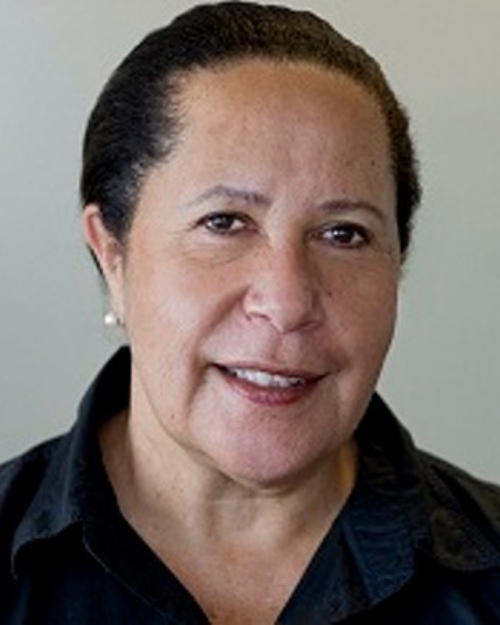The Pacific Islands Forum will hold a two hour virtual summit tonight, dubbed “Kainaki II to COP 26 – a High-Level Roundtable on Urgent Climate Change Action.”
This week’s online summit comes on the eve of the 5th anniversary of the adoption of the Paris Agreement on Climate Change, and the day before a global Climate Ambition Summit 2020, initiated by the United Nations, United Kingdom, and France. With no face to face Forum leaders meeting in 2020, island Presidents and Prime Ministers want to build momentum around the “Kainaki II Declaration for Urgent Climate Change Action Now”, adopted at the 2019 Forum in Tuvalu.
Because of the coronavirus pandemic, this year’s global climate negotiations – the annual UNFCCC Conference of the Parties – have been postponed until November 2021. To maintain momentum on climate action, this weekend’s online summits seek to use the anniversary of the signing of the Paris Agreement for countries to make stronger commitments on reducing greenhouse gas emissions.
Despite the desperate need to keep global temperature increases below 1.5 degrees Celsius, existing commitments under the Paris Agreement put the world on a pathway to nearly 3 degrees. Kainaki says “without urgent action, we will exceed 1.5°C by as early as 2030.”
Last year’s Kainaki II Declaration urged updated pledges on emissions reductions, known as Nationally Determined Contributions (NDCs), calling on “all Parties to the Paris Agreement to formulate and communicate mid-century long-term low greenhouse gas emissions development strategies by 2020.”
Earlier this week, in her keynote speech to the Australasian Emissions Reduction Summit, Forum Secretary General Dame Meg Taylor said: “Governments cannot keep saying, ‘we’re going to do it’, we’re going to do it, we’re going to do it’. We’ve reached a point now where we’ve got 1.2 degrees and we can’t afford to go beyond 1.5.”
Taylor stressed: “Pacific Island Forum leaders have consistently reaffirmed climate change as an existential threat to the region. It is the single greatest threat to the livelihood and the wellbeing of the peoples of the Pacific. The science is clear; it is imperative that we limit temperature rise to 1.5 degrees Celsius above pre-industrial levels to ensure our children inherit a safe and healthy planet.”
Calling for urgent action from the Morrison government in Australia – the Forum’s largest member – she noted: “The commitment of Australian state governments to net zero carbon by 2050 is a win for humanity and we look forward to that same ambition at the federal level.”
The notice issued by the Forum Secretariat for tomorrow’s Forum climate summit also highlights that 2020 is “the year by which developed country Parties to the Agreement are expected to meet their commitment to jointly mobilise US $100 billion per year in climate finance from a variety of sources.”
It’s a reminder to the Morrison government that it needs to contribute its fair share of the global commitment of climate funding to developing nations, after Australia joined the Trump Administration in the United States and refused new funding to the Green Climate Fund. With incoming President Joe Biden pledging to re-join the Paris Agreement, there is increasing focus on the need for greater climate ambition even as countries recover from the economic damage of the global COVID-19 pandemic.
Other Pacific leaders – past and present – are calling for greater climate ambition from Australia and New Zealand as the largest Forum members. On 1 December, former President of Kiribati Anote Tong published an opinion piece in the Sydney Morning Herald, stating that “you can’t solve the climate crisis without addressing the growing supply of fossil fuels.”
He criticised Australia’s latest policy shift towards opening up new gas exploration, noting: “It was most regrettable that the recent Australian federal budget has again chosen to support the fossil fuel industry through a ‘gas-led’ recovery rather than heed the warnings by science and of nature of the clear and present danger facing our people from the multifaceted impacts of climate change.”
Tong stressed: “In 2015, I wrote to every world leader ahead of the Paris Agreement calling for a moratorium on new coal mines. The same moratorium should apply to gas fields.”
Australia has the fourth largest reserves of coal in the world and is the world’s number one exporter of metallurgical coal, used for steelmaking (in 2019-2020, 177 million tonnes of metallurgical coal worth A$35.5 billion was exported). Australia is also the second largest exporter of thermal coal, used for electricity generation, which is ‘dirtier’ and generates more greenhouse gasses when burnt. In 2019-2020, a further 213 million tonnes of thermal coal were exported, generating A$20.9 billion.
However some energy corporations are increasingly concerned that these resources may become stranded assets, losing their value as other countries shift from fossil fuels to renewables. Revenues dropped in late 2020, as prices were hit by the slowdown of the global economy during the pandemic. Despite China’s ongoing use of coal, there are significant shifts in electricity generation towards renewables, and Australian exports are hit by political as well as market changes (by late November, more than 70 coal ships were anchored off Chinese ports, as Beijing pushed back against Australian support for US policy in the Asia-Pacific region).
